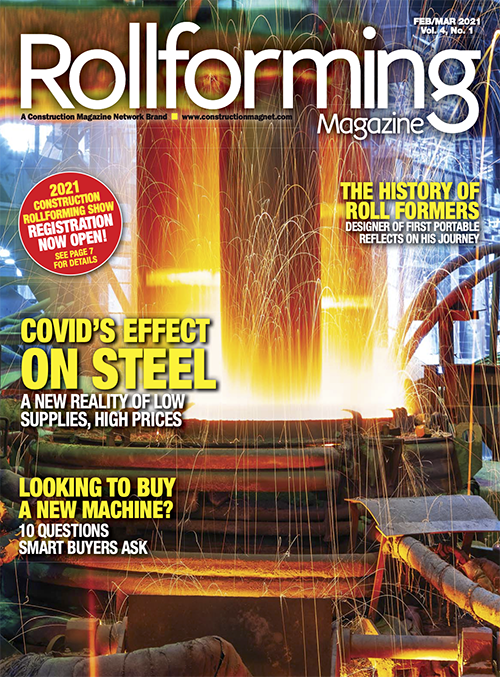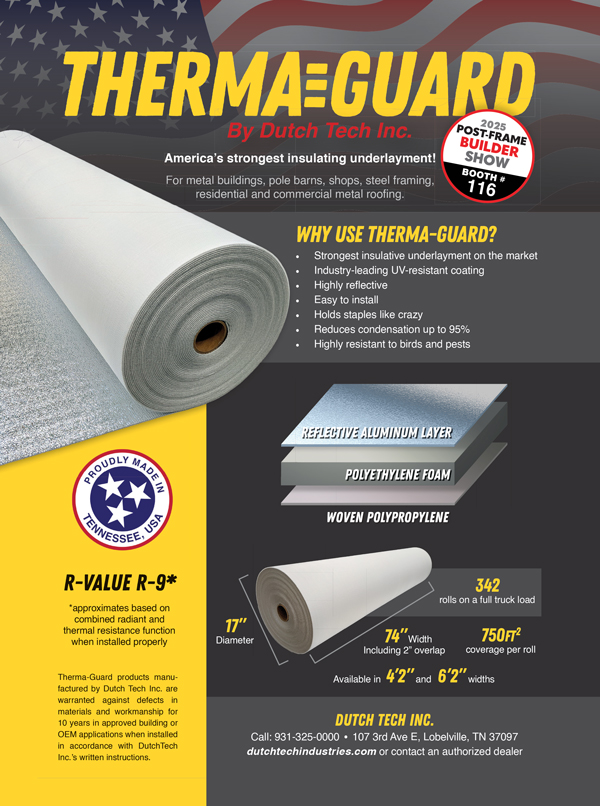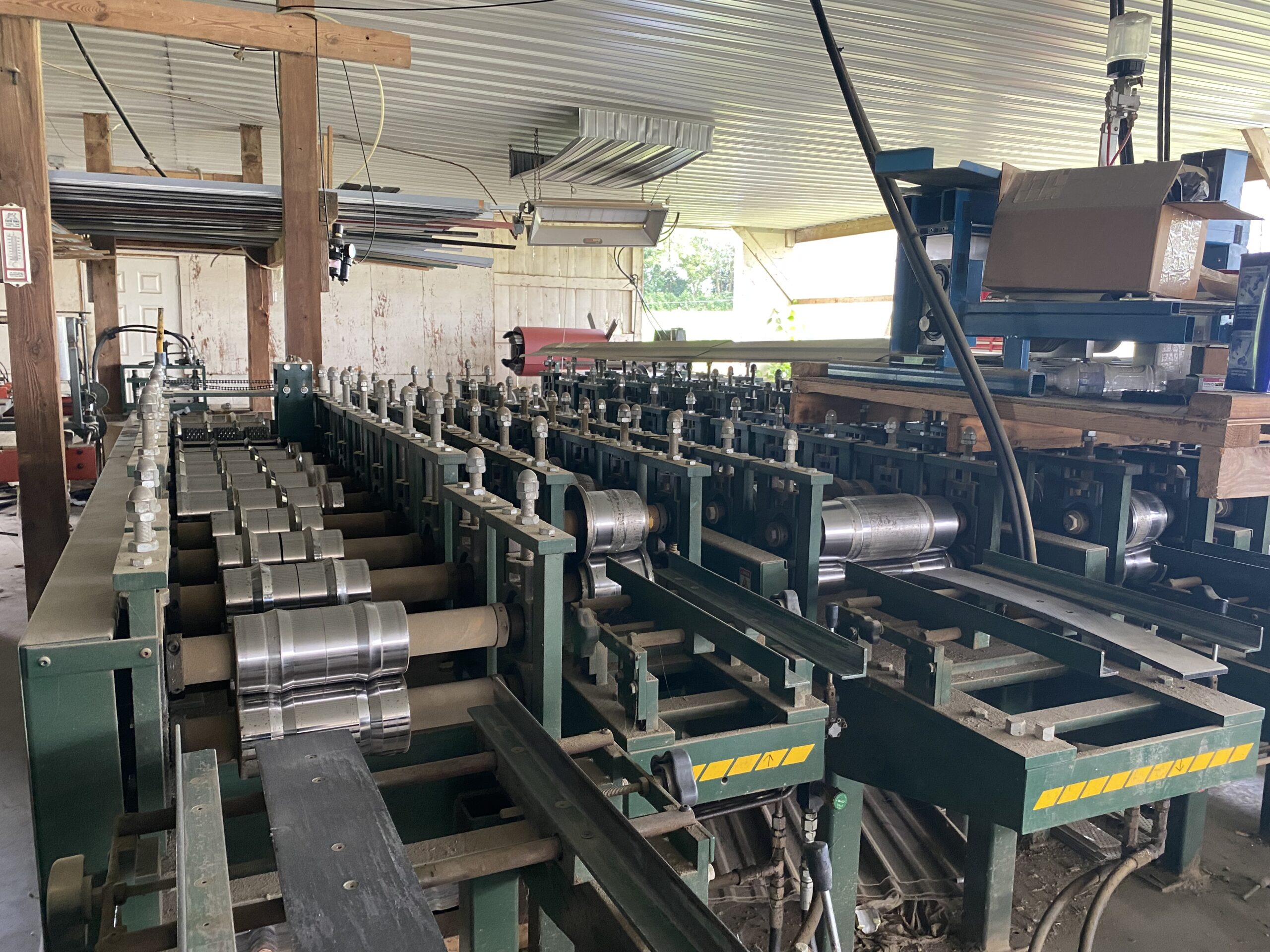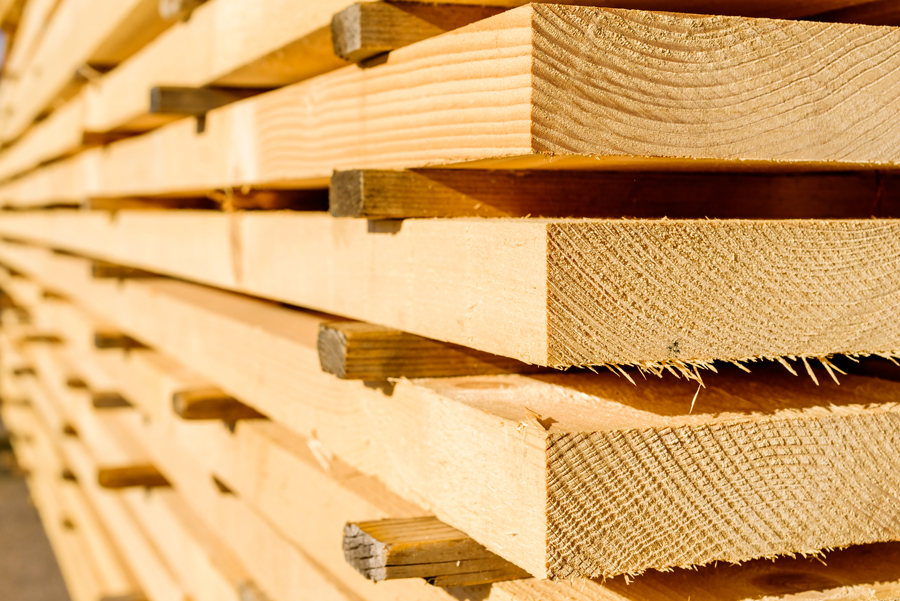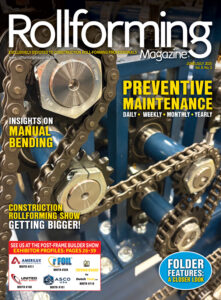President Joe Biden is likely to keep Section 232 steel tariffs in place, a step that is welcome by U.S. steel industry organizations and union groups.
Imposed by the Commerce Department under President Trump in March 2018, it includes tariffs of 25% on steel and 10% on aluminum.
Biden is said to want to take time to consider the matter, while keeping his focus on the myriad of other issues facing the nation. Helping to confirm that are statements coming out of the White House indicating that there is a concern over China’s more “assertive” and “authoritarian” actions in recent years. The Biden administration is calling for “patience” in dealing with those threats.
Prior to President Biden’s inauguration, the American Iron and Steel Institute, the Steel Manufacturers Association, the United Steelworkers union, the Committee on Pipe and Tube Imports, and the American Institute of Steel Construction issued a joint letter to Biden urging him to keep the national security tariffs in place to ensure the viability of domestic steel production.
“Unfortunately, the steel industry’s recovery was set back by the COVID-19 pandemic, which caused a significant drop in demand last spring, forcing painful job cuts as steel mills, fabricators and pipe and tube mills either cut back production or shut down entirely. As customers have restarted production, the steel industry has begun to recover, but we remain very vulnerable to new surges in imports,” the letter stated.
Steel overcapacity throughout the world grew to 700 million metric tons in 2020, or eight times the total steel output of the United States last year. China, Vietnam and Turkey are among those countries that are increasing their steel production even as world demand drops. As well, Korea, Russia, Ukraine and Indonesia have been exporting larger shares of their steel production.
In making their case to Biden, the steel groups said removing or weakening of the tariffs “will only invite a new surge in imports with devastating effects to domestic steel producers and their workers. We must not repeat the experience of the 1990s, when the demand shock of the Asian Financial Crisis resulted in surges in steel imports from many regions of the world and led to widespread steel industry bankruptcies and job losses.”


